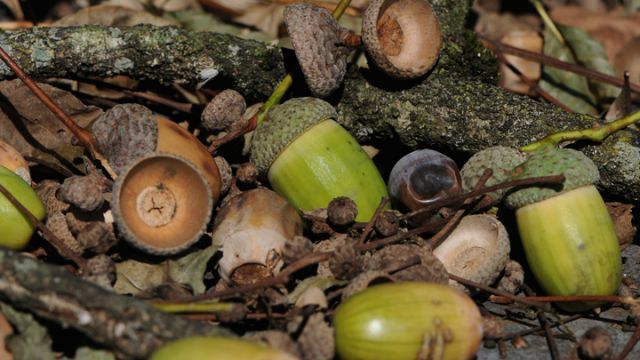
If you’re an avid survival enthusiast, you’re probably no stranger to the great outdoors. Perhaps you have mastered the art of boiling your own water, or can properly tie your pack up in a tree, so that bears are not tempted by your all-natural peanut butter and coffee grinds.
Each and every piece of survival knowledge is useful in the wilderness, but many do not learn some of the most crucial pieces of information, focusing on those “what if” scenarios. No one plans to be in a survival situation, but unfortunately, the natural world can be a bit unpredictable and in some cases, very unforgiving.
Related: Basic Survival Skills You Should Know
If you ever find yourself lost without food, you’ll need to consume some form of energy, so that you can focus on an effective rescue plan and/or survival strategy. You may be lucky and have some fishing hooks on you, but you’ll also need to look for plants that are widely available.
What you may have once thought of as a pretty detail in the landscape could essentially save your life.
Try these wild plants, before you would ever need them
Understanding what plants are edible will most certainly be the first step when surviving outdoors. With that being said, it’s also important to put your knowledge to work, ensuring you can properly identify and harvest the following edible plants — practice makes perfect.
1. Dandelions

If you have a yard or garden, you may be all too familiar with this weed. Often relentless, dandelions appear to pop-up out of nowhere, taking over grassy areas without hesitation. Although they often taste better in the spring, before the beating sun has a chance to mature its bitters, they offer immense nutrition regardless of the way it tastes on your palette.
For starters, dandelions are approximately 85 percent water, which could be helpful when clean water is limited. You can eat the greens, flowers and even roots — offering more vitamin A than spinach and more vitamin C than a tomato. With the addition of calcium, iron, fiber, protein and even omega-3 (from the leaves), dandelions are definitely a friend, not a foe.
2. Kelp

The first time I had kelp, I was seven — whale watching in New Brunswick. The captain pulled some right out of the water, asking me if I wanted to try a little nibble. As you would expect, this algae tastes slightly of the sea — salty, with a hint of fish. Found in low water zones, a kelp forest could be a survival jackpot.
Growing in nutrient-rich sea waters, kelp absorbs trace elements, enzymes, vitamins and minerals. More specifically, kelp is extremely high in iodine — a trace element that’s essential for optimal thyroid function. In some cases, kelp and other seaweeds can even help purify water. Enjoy kelp raw or blanch it in boiling water.
3. Wild asparagus

Depending on the season, wild asparagus can be easy to find. In terms of its appearance, the stalks are often much thinner than your traditional store-bought asparagus. Offering thiamine, potassium, vitamin B6, vitamin C and more, it can be enjoyed both raw and boiled.
To make your hunt easier, sometimes it’s best to look for dead stalks, which reach approximately three-feet high. Near those, you’ll find new stalks rich in nutrients. Being high in fiber, a meal of wild asparagus can fill your stomach, helping you search for other food sources.
4. Pine needles
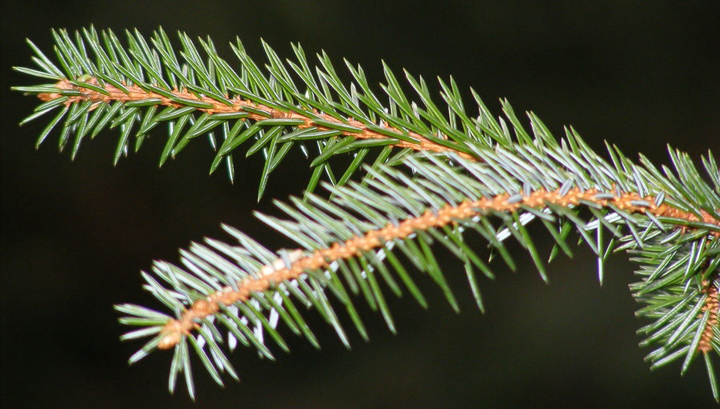
There are many species of pine, some offering more goodies than others. Dating back to the early settlers, natives showed explorers how to make pine needle tea, a drink that’s high in vitamin C. This drink helped target symptoms of scurvy — but is also great for respiratory illnesses. To make it yourself, simply steep needles for five minutes.
In pine nuts, male pine cones, and some species such as the white pine, the inner bark (which is fairly sweet) is all edible. Although it’s an excellent source of nutrition and even medicine, pine resin also acts as an excellent fire starter, and the main branches can be used for shelter.
5. Clovers
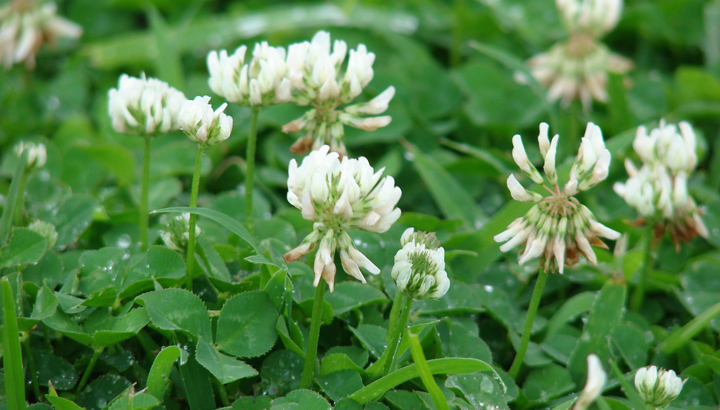
Clovers are quite beautiful when they blossom, offering flowers that are varying shades of pink, white and even red. Do avoid brown blossoms, as they are very bitter. Although you can most certainly eat the flowers, the leaflets are generally easier to find — look in open, grassy areas.
Since clovers are so widespread, familiar and abundant, they are the perfect survival food. Not only do they offer fiber, vitamins A, C, and K, as well as calcium, iron, magnesium and zinc — clovers provide your body with much-needed protein. In just 100 grams, you can obtain 4 grams of protein. Although they can be consumed raw, boiling them provides a more appealing taste.
6. Cattails
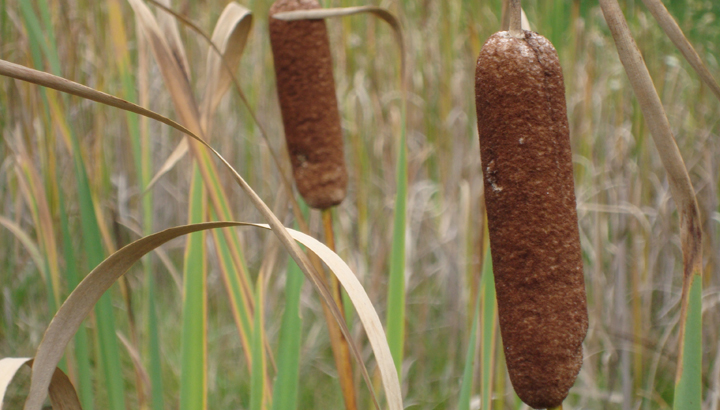
No matter what time of year, cattails always offer something edible. In the early spring, young shoots can be eaten raw, whereas late spring offers flower heads that can be husked and boiled. In the summer, it offers new pollen heads, which can be eaten raw; the fall months bring the sprouting for next year.. To find cattails, look near the edge of freshwater wetlands.
7. Water Lilies
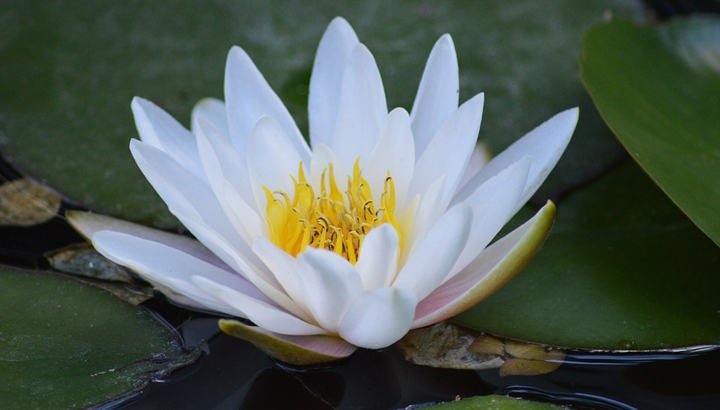
Nearly all water lilies are edible and in some areas can be collected year round. You’ll often find them in ponds, shallow lakes and slow moving rivers. You can consume the seeds, flowers and rhizomes either cooked or raw. Within the bulb, for instance, you will benefit from folate, potassium, protein, vitamin C, B-vitamins, manganese and, in this specific scenario, essential calories.
8. Acorns

Starches, vitamins and minerals are important, but if you’re going to be hiking, building a shelter, collecting firewood, and other physically demanding activities, you’re going to need protein as well. While foraging for acorns, look for oak trees and then smash the shells with a heavy rock, separating the nuts.
To avoid any irritation, soak the nuts in cold water for a full day (changing the water before soaking another full day). This water bath will help to leach out tannic acid, which can increase digestive distress. This method of leaching helps acorns retain more nutrients in comparison to boiling — you can consume the nuts themselves, benefiting from a rich source of protein, calcium, fiber, carbohydrates, magnesium and vitamin B6.
As mentioned, it’s best that you’re comfortable with wild edibles long before you would ever truly need to. Continue exploring the great outdoors, however, make one minor adjustment — become more aware of your surroundings in terms of edible vegetation. As long as you’re confident that you can positively identify nutritious, non-toxic plants, harvest samples to enhance your survival skills.
— Krista Hillis

